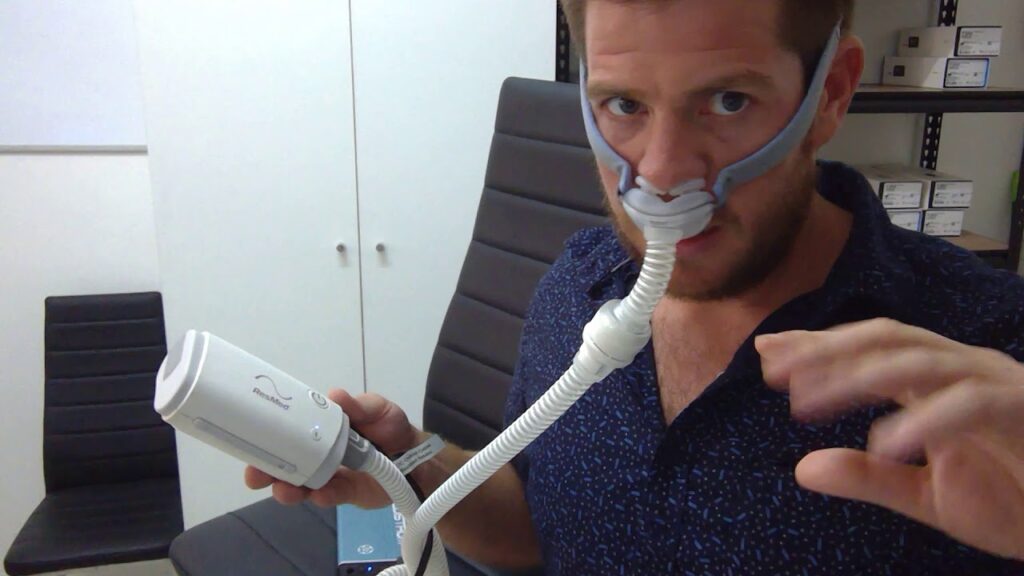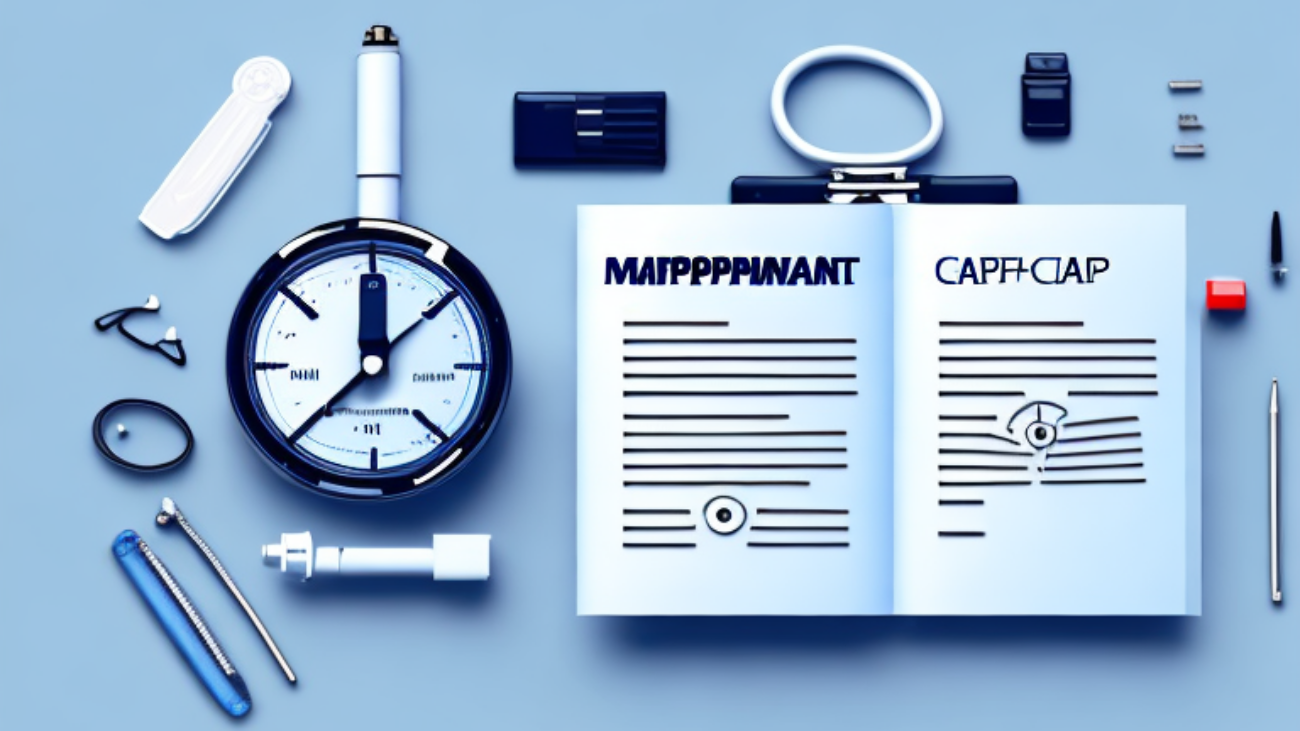For those living with sleep apnea, a CPAP machine isn’t just a device — it’s a nightly necessity. But when it comes to travel, lugging around a bulky machine can make it difficult to stay consistent with CPAP therapy. Fortunately, modern technology has transformed sleep apnea treatment on the go.
Today’s travel-friendly CPAP machines are compact, lightweight, and designed to deliver the same therapeutic benefits as full-sized models, ensuring you get healthy sleep wherever you are — whether you’re flying across the country or camping under the stars.
Understanding Why CPAP Therapy Is Essential
Before diving into travel options, it’s worth remembering why CPAP therapy matters so much.
Sleep apnea is a condition where your airway repeatedly collapses during sleep, interrupting your breathing and lowering oxygen levels. These pauses can happen dozens of times per hour, preventing deep rest and putting stress on your heart and brain.
Untreated sleep apnea is linked to:
- Heart disease
- High blood pressure
- Chronic fatigue
- Diabetes
- Depression and poor concentration
CPAP machines (Continuous Positive Airway Pressure devices) work by delivering a constant stream of air through a mask, keeping your airway open throughout the night. This allows for uninterrupted sleep and steady oxygen levels — both critical for long-term sleep health.
Why Choose a Travel CPAP Machine?
A travel CPAP machine offers all the benefits of a standard device but in a smaller, more portable design. These models are ideal for frequent travelers, campers, or anyone who needs flexibility.
Here’s why travel CPAP machines are a game-changer:
- Compact and lightweight — easily fit into luggage or backpacks.
- Battery-operated options for flights or off-grid use.
- Quiet operation for peaceful sleep anywhere.
- Universal power adapters and voltage compatibility for international trips.
The goal is simple: never skip a night of therapy, no matter where you go.
Top Features to Look for in a Travel-Friendly CPAP Machine
When choosing a travel CPAP machine, focus on the features that enhance both comfort and convenience.
1. Size and Weight
Portability is key. The best travel models weigh under 1 kg and are compact enough to fit in your carry-on or handbag.
2. Battery Life
Look for machines with rechargeable lithium batteries or those that can connect to external battery packs. Ideal for flights, camping, or road trips.
3. Humidification Options
Dry air can cause nasal irritation, but some travel machines offer integrated or optional humidifiers that use less water and energy.
4. Noise Level
Choose a model with quiet operation (below 30 decibels) to ensure restful sleep — especially important in hotel rooms or shared spaces.
5. Auto-Adjusting Pressure (APAP)
An auto-CPAP adjusts pressure levels throughout the night based on your breathing patterns, providing maximum comfort without manual settings.
6. Connectivity and Data Tracking
Bluetooth-enabled machines let you track sleep quality via smartphone apps, so you can share progress with your doctor even while traveling.
Best Compact CPAP Machines for Travelers
Below are some popular options recognized for reliability and performance:
1. ResMed AirMini
- Weight: 0.66 lbs (300g)
- Features: Auto-adjusting pressure, Bluetooth monitoring, and waterless humidification system (HumidX).
- Why It’s Great: It’s one of the smallest CPAPs on the market and approved for in-flight use.
2. Transcend Micro Auto CPAP
- Weight: 0.48 lbs (220g)
- Features: Whisper-quiet, auto start/stop, and optional battery pack.
- Why It’s Great: Perfect for minimalist travelers who prioritize silence and portability.
3. Breas Z2 Auto Travel CPAP
- Weight: 0.65 lbs (295g)
- Features: Auto-adjusting pressure, USB charging, and optional PowerShell battery.
- Why It’s Great: Includes built-in noise reduction technology and a compact humidifier alternative.
How Travel CPAP Machines Support Better Sleep Health
A portable CPAP machine delivers the same continuous air pressure as a standard one, ensuring your airway stays open. This improves oxygen levels, stabilizes your heart rate, and allows for deeper, more restorative sleep — even in unfamiliar environments.
Real-World Example:
Sarah, a 45-year-old marketing executive with sleep apnea, struggled to keep up with therapy during business trips. After switching to a travel CPAP, she noticed improved focus, energy, and mood — no more jet lag fatigue or restless nights.

Travel Tips for CPAP Users
1. Check Airline Regulations
Most airlines allow CPAP machines as medical devices, meaning they don’t count toward your carry-on limit. Bring a copy of your prescription or medical certificate for smooth security clearance.
2. Use a Universal Adapter
If traveling internationally, carry a plug adapter and voltage converter to ensure compatibility with local outlets.
3. Pack Smart
- Store your CPAP in its protective case.
- Bring extra filters, mask cushions, and tubing.
- Keep distilled water or use waterless humidifiers if available.
4. Clean Regularly
Clean your mask and tubing with mild soap and water after each trip day to prevent buildup and bacteria growth.
How CPAP Therapy Prevents Serious Health Risks
Skipping CPAP use while traveling can lead to:
- Interrupted sleep
- Morning headaches
- Extreme fatigue
- Increased blood pressure
- Heart strain
By maintaining consistent therapy, even away from home, you help protect against heart disease, stroke, and chronic exhaustion — ensuring your sleep health stays on track.
Final Thoughts
Travel-friendly CPAP machines have revolutionized how sleep apnea sufferers manage their condition. Whether you’re exploring new destinations or just heading out for a weekend trip, these compact devices ensure your therapy — and your health — never takes a vacation.
Remember: your sleep quality matters wherever you go. With the right travel CPAP, you can breathe easy, sleep soundly, and wake up ready to take on the world.
FAQS
Yes. CPAP machines are classified as medical devices and can be carried on board without counting toward your luggage limit. Always pack it in its case and bring a copy of your prescription or a doctor’s note for security checks.
Absolutely. Travel CPAP machines deliver the same continuous air pressure and therapeutic benefits as standard models. The main differences are size and features — travel CPAPs are more compact and lightweight but equally effective for treating sleep apnea.
Many travel CPAPs come with rechargeable batteries or can connect to portable power banks. Some even support solar charging. Always check the manufacturer’s recommendations for compatible battery options.
Yes, though many use waterless humidification systems or smaller chambers to save space. If you’re prone to dryness, choose a model with built-in or optional humidifier compatibility.



